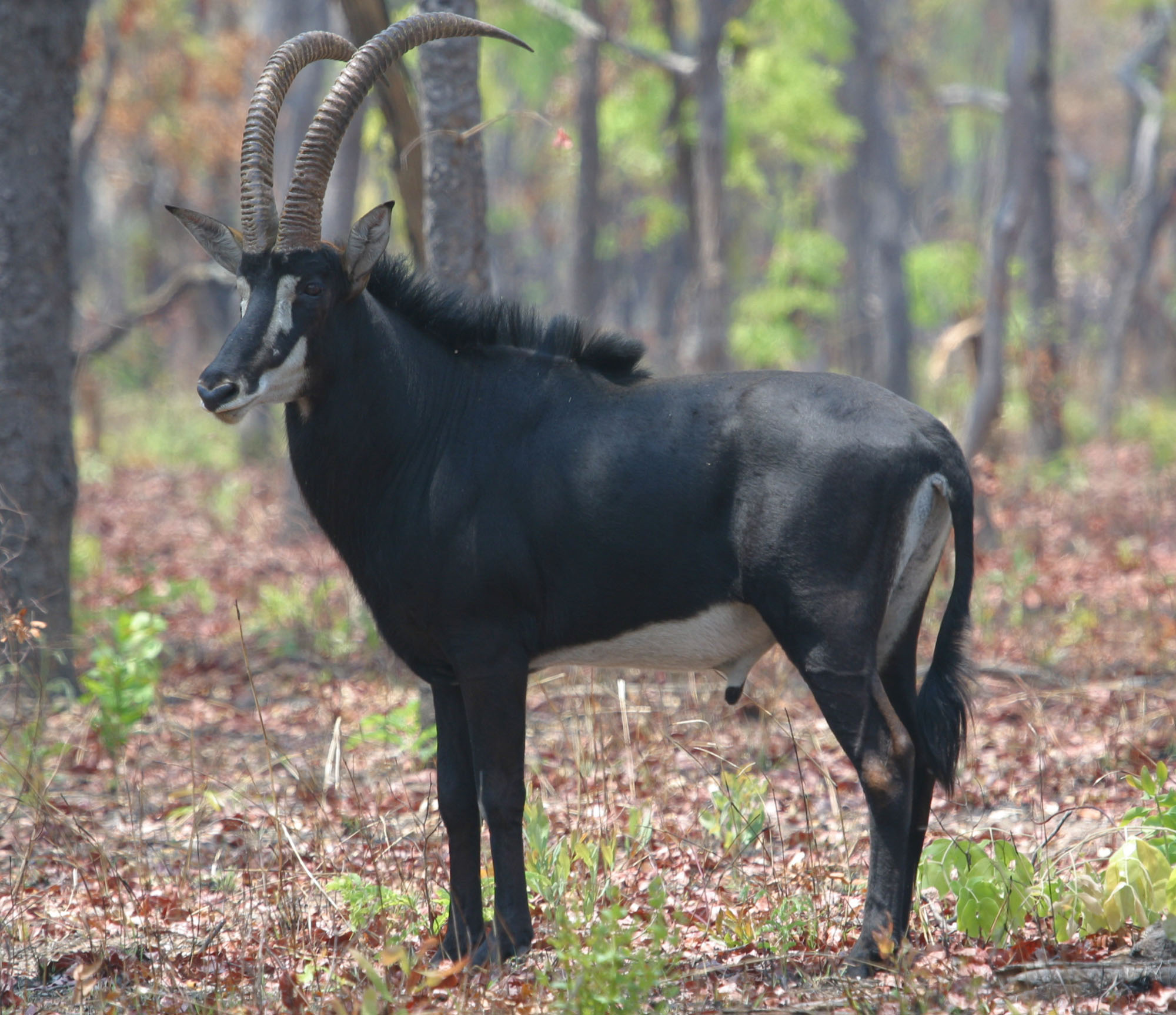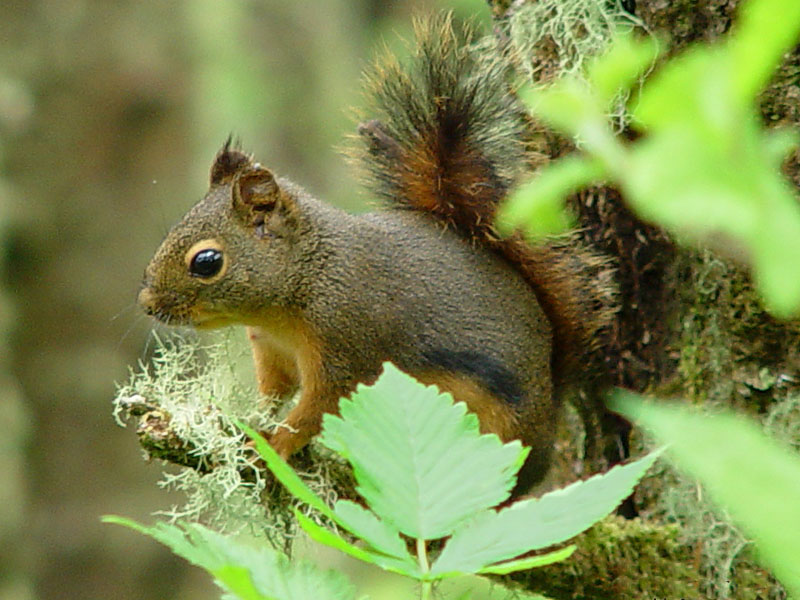|
Gajner Wildlife Sanctuary
Gajner Wildlife Sanctuary is located at a distance of about from Bikaner. In former times, it was a hunting ground for the Maharajah of Bikaner. There is a lake in this sanctuary and a variety of animals come here to quench their thirst in summer. This is one of the proposed forests for the Cheetah reintroduction in India, reintroduction of cheetahs in India. Flora and fauna The lake in this wildlife sanctuary draws a variety of bird species. The residential species include wildfowl, deer, antelope, nilgai, chinkara, black buck, Fennec fox, desert fox and wild boar. The minimum temperature ranges from -1°C to 2.6°C, with an average of 0.97°C. The maximum temperature ranges from 43°C to 47.7°C, averaging 46.4°C. References External links * {{Coord, 27, 57, 9.8, N, 73, 3, 25.1, E, display=title Wildlife sanctuaries in Rajasthan Cheetah reintroduction in India Protected areas with year of establishment missing Bikaner district ... [...More Info...] [...Related Items...] OR: [Wikipedia] [Google] [Baidu] |
Maharajah
Maharaja (also spelled Maharajah or Maharaj; ; feminine: Maharani) is a royal title in Indian subcontinent of Sanskrit origin. In modern India and medieval northern India, the title was equivalent to a prince. However, in late ancient India and medieval south India, the title denoted a king. The form "Maharaj" (without "-a") indicates a separation of noble and religious offices, although since in Marathi the suffix ''-a'' is silent, the two titles are near homophones. Historically, the title "Maharaja" has been used by kings since Vedic times and also in the second century by the Indo-Greek rulers (such as the kings Apollodotus I and Menander I) and then later by the Indo-Scythians (such as the king Maues), and also the Kushans as a higher ranking variant of "Raja". Eventually, during the medieval era, the title "Maharaja" came to be used by sovereign princes and vassal princes, and the title "Maharajadhiraja" was used by sovereign kings. Eventually, during the Mugh ... [...More Info...] [...Related Items...] OR: [Wikipedia] [Google] [Baidu] |
Antelope
The term antelope refers to numerous extant or recently extinct species of the ruminant artiodactyl family Bovidae that are indigenous to most of Africa, India, the Middle East, Central Asia, and a small area of Eastern Europe. Antelopes do not form a monophyletic group, as some antelopes are more closely related to other bovid groups, such as bovines, goats, and sheep, than to other antelopes. A stricter grouping, known as the true antelopes, includes only the genera '' Gazella'', '' Nanger'', '' Eudorcas'', and '' Antilope''. One North American mammal, the pronghorn or "pronghorn antelope", is colloquially referred to as the "American antelope", despite the fact that it belongs to a completely different family ( Antilocapridae) than the true Old-World antelopes; pronghorn are the sole extant member of an extinct prehistoric lineage that once included many unique species. Although antelope are sometimes referred to, and easily misidentified as, "deer" ( cervids), true ... [...More Info...] [...Related Items...] OR: [Wikipedia] [Google] [Baidu] |
Wildlife Sanctuaries In Rajasthan
Wildlife refers to undomesticated animals and uncultivated plant species which can exist in their natural habitat, but has come to include all organisms that grow or live wild in an area without being introduced by humans. Wildlife was also synonymous to game: those birds and mammals that were hunted for sport. Wildlife can be found in all ecosystems. Deserts, plains, grasslands, woodlands, forests, and other areas including the most developed urban areas, all have distinct forms of wildlife. While the term in popular culture usually refers to animals that are untouched by human factors, most scientists agree that much wildlife is affected by human activities. Some wildlife threaten human safety, health, property and quality of life. However, many wild animals, even the dangerous ones, have value to human beings. This value might be economic, educational, or emotional in nature. Humans have historically tended to separate civilization from wildlife in a number of ways, incl ... [...More Info...] [...Related Items...] OR: [Wikipedia] [Google] [Baidu] |
Wild Boar
The wild boar (''Sus scrofa''), also known as the wild swine, common wild pig, Eurasian wild pig, or simply wild pig, is a Suidae, suid native to much of Eurasia and North Africa, and has been introduced to the Americas and Oceania. The species is now one of the widest-ranging mammals in the world, as well as the most widespread Suina, suiform. It has been assessed as least concern on the IUCN Red List due to its wide range, high numbers, and adaptability to a diversity of habitats. It has become an invasive species in part of its introduced range. Wild boars probably originated in Southeast Asia during the Early Pleistocene and outcompeted other suid species as they spread throughout the Old World. , up to 16 subspecies are recognized, which are divided into four regional groupings based on skull height and lacrimal bone length. The species lives in matriarchal societies consisting of interrelated females and their young (both male and female). Fully grown males are usually s ... [...More Info...] [...Related Items...] OR: [Wikipedia] [Google] [Baidu] |
Fennec Fox
The fennec fox (''Vulpes zerda'') is a small fox native to the deserts of North Africa, ranging from Western Sahara and Mauritania to the Sinai Peninsula. Its most distinctive feature is its unusually large ears, which serve to dissipate heat and listen for underground prey. The fennec is the smallest fox species. Its coat, ears, and kidney functions have Xerocole, adapted to the desert environment with high temperatures and little water. The fennec fox mainly eats insects, small mammals and birds. It has a life span of up to 14 years in captivity and about 10 years in the wild. Pups are preyed upon by the Pharaoh eagle-owl; both adults and pups may possibly fall prey to jackals and striped hyenas. Fennec families dig out burrows in the sand for habitation and protection, which can be as large as and adjoin the burrows of other families. Precise population figures are not known but are estimated from the frequency of sightings; these indicate that the fennec fox is currently ... [...More Info...] [...Related Items...] OR: [Wikipedia] [Google] [Baidu] |
Black Buck
The blackbuck (''Antilope cervicapra''), also known as the Indian antelope, is a medium-sized antelope native to India and Nepal. It inhabits grassy plains and lightly forested areas with perennial water sources. It stands up to high at the shoulder. Males weigh , with an average of . Females are lighter, weighing or on average. Males have long corkscrew horns, and females occasionally develop horns, as well. The white fur on the chin and around the eyes is in sharp contrast with the black stripes on the face. Both sexes' coats feature a two-tone colouration; in males, the majority of the body is dark brown to black, with white circles around the eyes, white ears and tail, and the belly, lower jaw, and inner legs also white. Females and juveniles are yellowish-fawn to tan and display the same white areas, only with more of a beige tone than the males. Females also feature a more pronounced horizontal white side-stripe, starting around the shoulder and ending at the rump. The ... [...More Info...] [...Related Items...] OR: [Wikipedia] [Google] [Baidu] |
Chinkara
The chinkara (''Gazella bennettii''), also known as the Indian gazelle, is a gazelle species native to India, Iran, Afghanistan and Pakistan. Taxonomy The following six subspecies are considered valid: * Deccan chinkara (''G. b. bennettii'') (Sykes 1831) – ranges from South India, from the Ganges Valley (east to the borders of West Bengal) south at least to Hyderabad, Andhra Pradesh, Deccan Plateau; * Gujarat chinkara ''(G. b. christii)'' ( Blyth, 1842) – ranges from the desert lowlands of Pakistan, western India, Rann of Kutch, Kathiawar, Saurastra region and as far east of Ahmedabad district in Gujarat; * Kennion gazelle, eastern jebeer gazelle or Baluchistan gazelle (''G. b. fuscifrons'') ( Blanford, 1873) – occurs in eastern Iran, (southeast and along the Makran coast, Sistan and Baluchistan) southern Afghanistan, Pakistan, Balochistan Province to Sindh and northwestern India, Rajasthan, also the darkest subspecies; * Bushehr gazelle (''G. b. karamii'') ( Gro ... [...More Info...] [...Related Items...] OR: [Wikipedia] [Google] [Baidu] |
Nilgai
The nilgai (''Boselaphus tragocamelus'') (, literally meaning "blue cow") is the largest antelope of Asia, and is ubiquitous across the northern Indian subcontinent. It is the sole member of the genus (biology), genus ''Boselaphus'', which was first scientific description, scientifically described by Peter Simon Pallas in 1766. The nilgai stands at the shoulder; males weigh , and the lighter females . A sturdy thin-legged antelope, the nilgai is characterised by a sloping back, a deep neck with a white patch on the throat, a short crest of hair along the neck terminating in a tuft, and white facial spots. A column of pendant coarse hair hangs from the dewlap ridge below the white patch. Sexual dimorphism is prominent – while females and juveniles are orange to tawny, adult males have a bluish-grey Coat (animal), coat. Only males possess horn (anatomy), horns, long. The nilgai is diurnal animal, diurnal (active mainly during the day). The animals band together in three distin ... [...More Info...] [...Related Items...] OR: [Wikipedia] [Google] [Baidu] |
Deer
A deer (: deer) or true deer is a hoofed ruminant ungulate of the family Cervidae (informally the deer family). Cervidae is divided into subfamilies Cervinae (which includes, among others, muntjac, elk (wapiti), red deer, and fallow deer) and Capreolinae (which includes, among others reindeer (caribou), white-tailed deer, roe deer, and moose). Male deer of almost all species (except the water deer), as well as female reindeer, grow and shed new antlers each year. These antlers are bony extensions of the skull and are often used for combat between males. The musk deer ( Moschidae) of Asia and chevrotains ( Tragulidae) of tropical African and Asian forests are separate families that are also in the ruminant clade Ruminantia; they are not especially closely related to Cervidae. Deer appear in art from Paleolithic cave paintings onwards, and they have played a role in mythology, religion, and literature throughout history, as well as in heraldry, such as red deer that app ... [...More Info...] [...Related Items...] OR: [Wikipedia] [Google] [Baidu] |
Bikaner
Bikaner () is a city in the northwest of the States and territories of India, state of Rajasthan, India. It is located northwest of the state capital, Jaipur. It is the administrative headquarters of Bikaner District and Bikaner division. Formerly the capital of the princely Bikaner State, the city was founded by Rao Bika, a Rajput Tribal chief, chief of the Rathore dynasty in 1488 CE and from its small origins it has developed into the fourth largest city in Rajasthan. The Ganga Canal (Rajasthan), Ganga Canal, completed in 1928, and the Indira Gandhi Canal, completed in 1987, facilitated its development. Etymology The name "Bikaner" is a combination of two elements: "Bika", derived from the city's founder, Rao Bika and "Ner", which is believed to mean "place" or "city" in the local Rajasthani languages, Rajasthani language. Hence, "Bikaner" translates to "the city of Bika". History file:Bikaner coat of arms.jpg, left, Bikaner coat of arms Prior to the mid 15th century, t ... [...More Info...] [...Related Items...] OR: [Wikipedia] [Google] [Baidu] |
Wildfowl
The Anatidae are the biological family of water birds that includes ducks, geese, and swans. The family has a cosmopolitan distribution, occurring on all the world's continents except Antarctica. These birds are adapted for swimming, floating on the water surface, and, in some cases, diving in at least shallow water. The family contains around 174 species in 43 genera (the magpie goose is no longer considered to be part of the Anatidae and is now placed in its own family, Anseranatidae). They are generally herbivorous and are monogamous breeders. A number of species undertake annual migrations. A few species have been domesticated for agriculture, and many others are hunted for food and recreation. Five species have become extinct since 1600, and many more are threatened with extinction. Description and ecology The ducks, geese, and swans are small- to large-sized birds with a broad and elongated general body plan. Diving species vary from this in being rounder. Extant s ... [...More Info...] [...Related Items...] OR: [Wikipedia] [Google] [Baidu] |
Wildlife Sanctuary
A nature reserve (also known as a wildlife refuge, wildlife sanctuary, biosphere reserve or bioreserve, natural or nature preserve, or nature conservation area) is a protected area of importance for flora, fauna, funga, or features of geological or other special interest, which is reserved and managed for purposes of conservation and to provide special opportunities for study or research. They may be designated by government institutions in some countries, or by private landowners, such as charities and research institutions. Nature reserves fall into different IUCN categories depending on the level of protection afforded by local laws. Normally it is more strictly protected than a nature park. Various jurisdictions may use other terminology, such as ecological protection area or private protected area in legislation and in official titles of the reserves. History Cultural practices that roughly equate to the establishment and maintenance of reserved areas for animals d ... [...More Info...] [...Related Items...] OR: [Wikipedia] [Google] [Baidu] |










